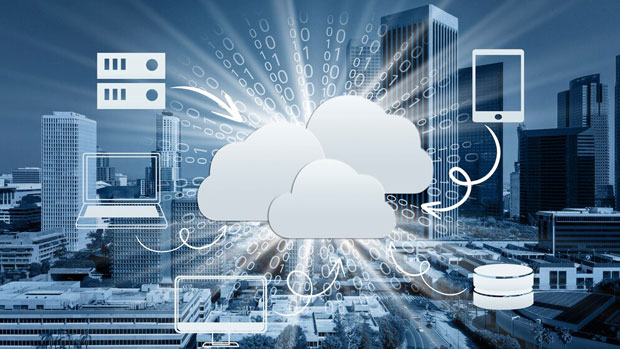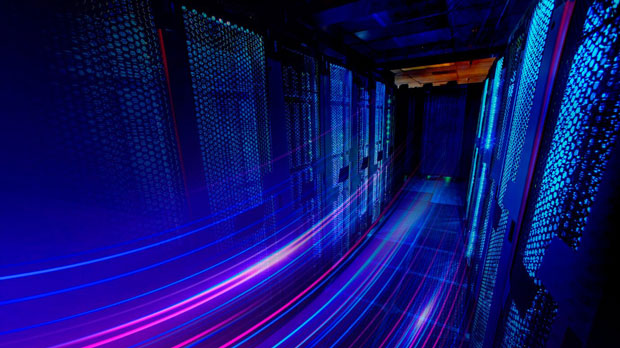In today's digital world, maintaining privacy and security while using the internet is critical. One of the most efficient tools for this purpose is the use of proxies. PYPROXY, a popular proxy management tool, supports datacenter proxies that allow users to switch IPs dynamically. The frequency at which these IPs are rotated can play a significant role in ensuring anonymity, bypassing geo-restrictions, and maintaining a seamless user experience. In this article, we will explore how to set the frequency of dynamic IP switching with PyProxy’s datacenter proxies and discuss its significance in various use cases. We will also provide insights into balancing IP rotation speed, security, and efficiency. Introduction to Datacenter Proxies and PyProxyDatacenter proxies are a type of proxy that uses IP addresses provided by data centers, as opposed to residential proxies, which use IPs assigned to real devices. These proxies are known for their high speed and reliability, making them ideal for tasks like web scraping, anonymous browsing, and bypassing location-based restrictions. PyProxy, a Python-based proxy management tool, allows users to easily manage these proxies, including the dynamic switching of IP addresses at customized intervals.By rotating IP addresses, users can avoid detection from websites that track repeated requests from the same IP. This is especially important for activities like web scraping, where sites may block or rate-limit users who make too many requests from a single IP address. Setting the correct frequency for IP switching ensures that the activity remains undetected, while also optimizing performance to prevent unnecessary delays.Why IP Rotation is Important?The primary reason for rotating IP addresses is to maintain anonymity. For businesses and individuals involved in activities like market research, data scraping, or automated testing, continuous requests from the same IP can trigger alarms for anti-bot systems, leading to blocked access or captchas.1. Avoiding IP Bans: Websites often monitor IPs for unusual patterns. If multiple requests are made from the same IP in a short amount of time, this may raise red flags, resulting in temporary or permanent bans.2. Bypassing Geo-restrictions: Dynamic IP switching helps access content that is restricted to certain regions. By switching between different proxy ips located in various geographic locations, users can mask their real location and access region-locked content.3. Enhanced Anonymity: Regular IP switching ensures that the user's activities are not traceable to a single IP address, offering greater privacy and security.Factors to Consider When Setting the Frequency of IP SwitchingWhen setting up dynamic IP switching with PyProxy, there are several key factors to consider. These factors will help you determine the ideal rotation frequency to balance security, performance, and efficiency.1. Type of Task Being PerformedDifferent tasks require different levels of IP rotation. For instance, if you are performing web scraping, rotating IP addresses frequently is necessary to prevent detection. However, if you are using proxies for browsing or accessing geo-restricted content, you may not need to rotate IPs as frequently.- Web Scraping: If your goal is to scrape data from a website without getting blocked, the IP rotation should be relatively fast. Scraping hundreds or thousands of pages per minute could lead to detection, and thus, more frequent IP switches will help mask your activity.- General Browsing: For regular web browsing or accessing content, a slower IP rotation might suffice. Frequent switching could even cause issues, such as interruptions in browsing sessions or unexpected logouts.2. Target Website’s Anti-Bot MeasuresThe level of anti-bot protection implemented by a website plays a crucial role in determining the frequency of IP rotation. Some websites employ aggressive measures such as rate-limiting, captchas, or IP blocking to prevent bots from accessing their content.- Websites with Minimal Protection: Websites with basic protection might not require frequent IP switching. In such cases, setting the IP rotation to every few minutes or after scraping a few hundred pages might be sufficient.- Websites with Advanced Protection: Websites that use advanced bot detection systems require much faster IP rotation. In these cases, switching IPs after each request or every few seconds may be necessary to avoid detection.3. Speed and Latency RequirementsFaster IP switching generally increases latency and can result in slower performance. Depending on your use case, it is important to strike a balance between IP rotation frequency and the time it takes to make requests.- High-speed Activities: For tasks like browsing, video streaming, or real-time trading, rapid IP switching might cause delays and hinder performance. In these cases, a slower frequency (e.g., every 10-30 minutes) may be better suited.- Low-latency Requirements: If latency is critical, such as for live-streaming or high-frequency trading, it's important to minimize the impact of IP rotation. In these cases, more careful planning and testing are required to ensure smooth operation.4. Number of Available ProxiesThe number of proxies you have at your disposal also influences the frequency of IP rotation. If you have access to a large pool of proxies, you can rotate IPs more frequently without risk of exhausting your resources. On the other hand, if you have a limited number of proxies, you may need to set a slower switching frequency to conserve your proxy pool.- Large Proxy Pool: With a large number of proxies, you can rotate IPs every few seconds or minutes without worrying about running out of available IPs.- Limited Proxy Pool: With fewer proxies, it's best to rotate IPs less frequently to extend the lifespan of your pool.How to Set the Frequency in PyProxySetting the IP switching frequency in PyProxy is straightforward. PyProxy provides configuration options to set the rotation interval based on your needs.1. Install PyProxy: First, ensure that you have PyProxy installed and configured properly.2. Configure Proxy Pool: Add your datacenter proxies to the pool, specifying the number and types of proxies you want to use.3. Set Rotation Frequency: PyProxy allows you to specify the rotation interval in seconds. You can set this interval based on your task requirements. - For example, to switch IPs every 5 seconds, you can set the interval to 5. - If you need longer rotation intervals, such as 30 minutes, you can adjust the settings accordingly.4. Test and Adjust: Once the initial setup is complete, perform tests to ensure that the rotation frequency meets your needs. Monitor performance and adjust the settings if necessary.Setting the right frequency for dynamic IP switching with PyProxy’s datacenter proxies is essential for maintaining anonymity, security, and performance. By considering factors such as the task at hand, the target website’s anti-bot measures, and the available proxy pool, you can optimize the frequency for your specific needs. Whether you're scraping data, accessing geo-restricted content, or browsing the web, understanding and configuring the correct rotation frequency will ensure a seamless and efficient experience. PyProxy’s flexibility in managing datacenter proxies makes it an excellent choice for users who require high levels of anonymity and security online.
Oct 22, 2025



































































